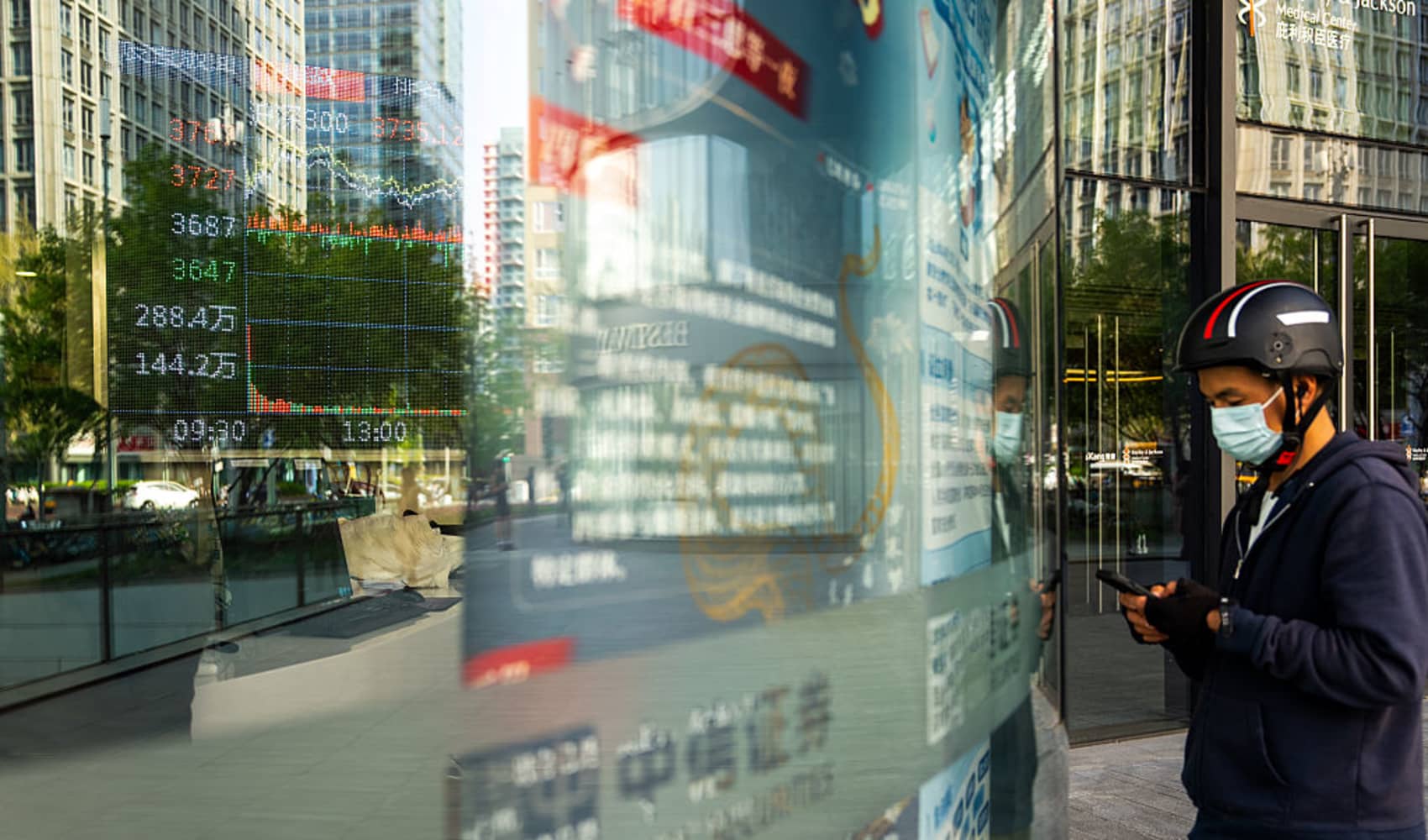
Pedestrians walk past a Levi’s store in Midtown Manhattan.
The CEO of the world's most famous denim jeans company said he knew from his second day on the job that the best way to turn around the company was to fire more than half of his executives.
"The easiest way to change the culture is to change the people. I had 11 direct reports, and in the first 18 months, nine of them were gone," said Charles Bergh, CEO of Levi Strauss.
Stream San Diego News for free, 24/7, wherever you are with NBC 7.
Still, Bergh told CNBC's Christine Tan that his biggest regret was not firing the wrong people fast enough.
"My biggest regret is that we didn't lean into some of these great leaders, and we lost some because I held on to somebody longer than I should have."
Get top local San Diego stories delivered to you every morning with our News Headlines newsletter.
Bergh joined the apparel retailer in 2011 at the worst possible time — consumers were no longer buying Levi's jeans.
"The brand was really lost. We had a whole generation of consumers that didn't grow up wearing Levi's like I did when I was a kid," Bergh said.
"The company's performance had been really erratic for more than 10 years. One year the revenues would go up, but the profits would go down. The next year, they would fix the profits, but the revenues went down."

Six years later, Bergh brought what he called a once "broken" brand back into the limelight.
Money Report
In 2017, Levi's delivered 8% annual revenue growth — its highest in a decade and well above the 3.1% growth posted a year earlier. The company kept building, notching 14% year-on-year revenue growth in 2018.
Bergh is stepping down as CEO next year and said his biggest legacies will be jolting the company out of complacency and building a team with the brand at the center of culture.
"I am just the orchestra conductor and have built an amazing team around me," he added.
Trouble still brewing
Still, it's not all smooth sailing ahead. The company severely cut its 2023 profit outlook after it reported a steep decline in wholesale revenue and soft sales in the U.S., its largest market. It now expects sales to grow between 1.5% to 2.5% this year versus the prior range of 1.5% to 3%.
Like many apparel companies, Levi's had to adapt to changing consumer preferences, especially the growing demand for comfortable and looser fit garments as workers returned to offices after the pandemic.

In 2021, the company acquired activewear brand Beyond Yoga, a move that Bergh previously told CNBC would help grow its women's business. At the time, he said the goal is for women's wear to account for 50% of Levi's business.
"It drives me crazy watching a woman walk into our store, buying our bottoms and then walking out and going to an unnamed competitor's store to buy their top," Bergh said.
Sales of women's products made up 35% of net revenue in the first half of the year.
Expanding footprint in Asia
One promising area for Levi's growth is its expansion in Asia.
"We're opening bigger stores [and] we're having more of a consumer impact," Bergh said, emphasizing how revenge spending among Chinese customers will be a "huge opportunity" for the brand. ho
In the second quarter, revenue from Asia increased by 18% to $262 million.

Still, Asia accounts for less than 20% of the company's total sales and China makes up less than 3% of the company's total business, according to Bergh.
"Many of our competitors are 10% or more. Look at Nike, 40% of Nike's market cap is probably China. So we know we've got an opportunity here," he said.
"We're adding about 100 doors a year net globally, and about a third of those stores are going to be here in Asia."






